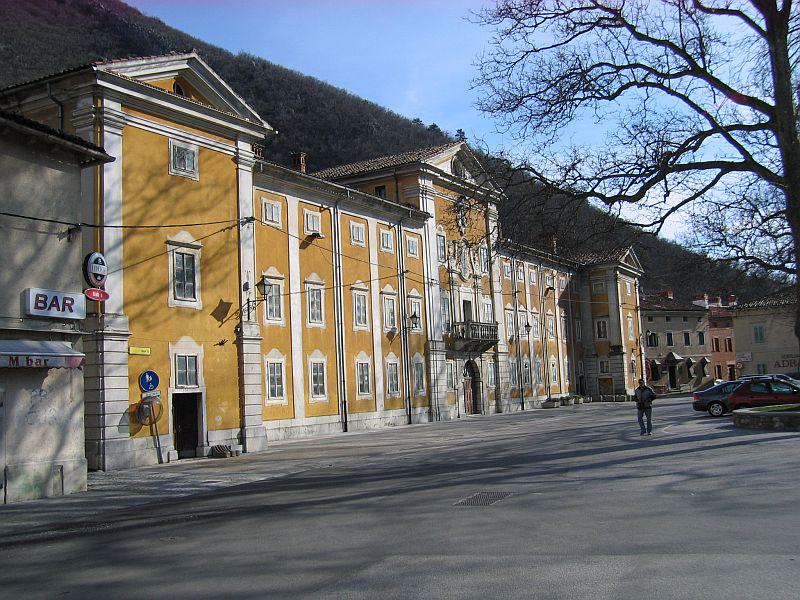

According to historian, the Lanthieris arrived in the region from the Italian town of Brescia sometime in the 15th century, when a Lanthieri count married into a local family of nobles. Their title was recognized by the Hapsburg crown and they soon became one of the most important noble families in the territory of modern-day Slovenia.
The status required them to host the Emperor whenever he passed through the Vipava Valley, and in 1660 Leopold I did indeed spend the night at the Lanthieri residence as he was making an arduous journey through the southern Hapsburg lands. The Lanthieris had built a new mansion a year earlier just to impress the Emperor. The large building even included a complex of stables, capable of accommodating 240 horses, which was used by Leopold I during his stay.
In the years that followed, the mansion underwent a number of expansion and renovations, finally ending up with a Baroque exterior. The 18th century also saw the addition of a magnificent park in front of the mansion; its centerpiece was a fountain surrounded by a number of putti, as well as several small bridges over the headwaters of the Vipava.
For years, the building had served as major cultural center of the Vipava Valley and hosted regular events, along with notable visitors from the worlds of politics and the arts. Among the guests were such prominent personalities as Pope Pious VI and the Venetian playwright Carlo Goldoni. The Lanthieris also built a hunting lodge and wine cellar in another part of the Vipava Valley; they christened it Zemono.
For centuries, the cultural and political life of the Vipava Valley revolved around the Lanthieri family’s mansion, until the turbulence of the 20th century ended their reign. During World War I, the building served as a military hospital. When the conflict ended, the entire valley became a part of Italy, but the Lanthieris no longer used it on a regular basis, and the building’s condition began to deteriorate.
When the area joined Yugoslavia in the wake of World War II, the mansion was nationalized by the newly installed Communist regime. For a tine, it was used by the Yugoslav Army, but it wasn’t renovated until after Slovenia’s independence. It now serves as the home of the School for Winemaking and Winegrowing, while the Zemono hunting lodge has been transformed into a restaurant, widely considered one of Slovenia’s best.
No longer owned by the Lanthieris, their onetime properties are now devoted to food and wine, thereby continuing the Mediterranean tradition of the Vipava Valley – a part of Slovenia forever linked with the family who had ruled it for centuries.

































































